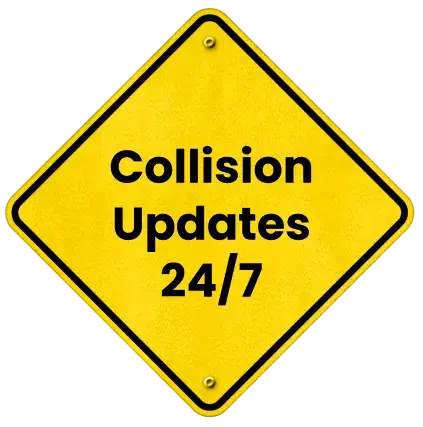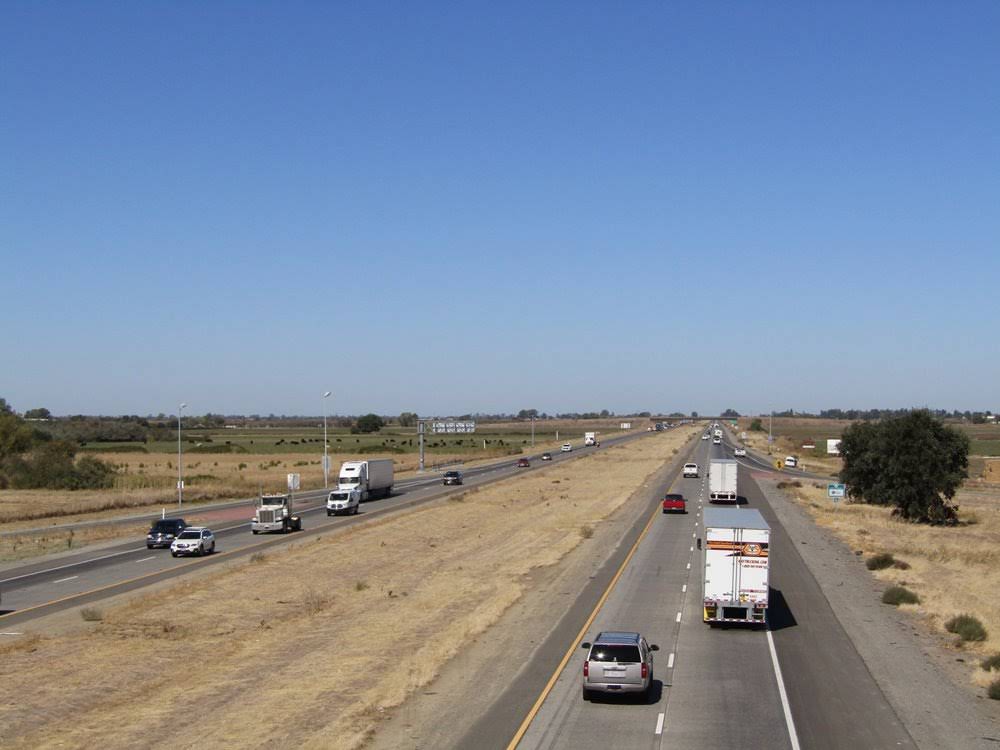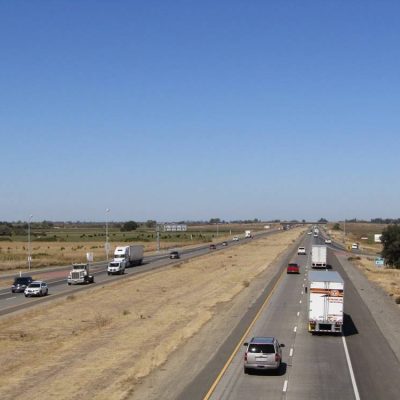
Tire Blowouts & Heat-Related Breakdowns on I-80


Summer isn’t just a time for sunshine and long drives; it can also bring hidden dangers on busy highways like Interstate 80. Extreme heat puts extra pressure on vehicles, especially tires and cooling systems, which are the most vulnerable in hot conditions. When these systems fail, accidents can happen quickly.
Tire blowouts on I-80 are particularly dangerous, often leading to sudden loss of control and serious crashes. In this article, we’ll explore how summer heat affects tires and engines, the common causes of blowouts, and how liability may be determined after a blowout-related accident on Interstate 80.
How Heat Impacts Tires
Tires are designed to work best within a certain temperature range, but hot weather can quickly push them past that limit. Heat softens the rubber, making it weaker, while the air inside the tire expands and increases pressure during long drives in the sun.
When tires are overinflated, they don’t grip the road as well. When they’re underinflated, they create too much friction. In both cases, the risk of a blowout goes up. Older tires are especially at risk since years of heat and sunlight gradually break down the rubber, leading to cracks, bulges, and weak spots.
Highway driving only adds to the danger. Long stretches at high speeds build up even more heat and friction, which can cause a worn or damaged tire to fail without warning. Defective or poorly repaired tires are the most vulnerable, making summer one of the riskiest times for blowouts on the road.
Cooling Systems Under Stress

Engines naturally run hotter in the summer, and heavy traffic only makes the problem worse. When cars are stuck idling in congestion, they build up more heat than usual, forcing the cooling system to work overtime. Every part of that system, the radiator, water pump, coolant reservoir, and hoses, carries extra strain during these conditions.
The danger comes when even one component fails. Engine temperatures can spike in minutes, leaving drivers with little warning. An overheated car may stall or shut down completely, sometimes in the middle of a busy highway. A disabled vehicle in traffic doesn’t just inconvenience the driver; it creates a sudden obstacle for everyone else on the road. Steam pouring from under the hood, leaking coolant, or a stalled vehicle can quickly trigger chain-reaction crashes as other drivers swerve or brake suddenly to avoid it.
While cooling system failures don’t always cause a collision directly, they significantly raise the risk of roadside emergencies. A breakdown on a shoulderless highway or in dense city traffic is more than an inconvenience; it’s a hazard. That’s why keeping up with maintenance, like checking coolant levels, inspecting hoses, and servicing radiators, is essential. A well-maintained cooling system not only prevents frustrating summer breakdowns but also helps keep everyone on the road safer.
Safety Tips to Reduce Blowout Risks
Drivers can take some simple but important steps to cut down the risk of a tire blowout. The first rule is regular maintenance. Check your tire pressure at least once a month and always before a long trip to make sure it matches the manufacturer’s recommendations.
It’s also smart to look over your tires for warning signs like cracks, bulges, or uneven wear. Any tire showing weakness should be replaced right away. Rotating your tires and checking alignment keeps them balanced and wearing evenly. And don’t overload your car with extra weight, since it puts unnecessary stress on the tires.
Tread depth is another key factor. Once your tread gets too low, it’s time for new tires. Always keep a spare on hand, and make sure you know how to change it in case of an emergency.
Finally, don’t forget about your cooling system. Before the hottest months hit, schedule an inspection. Replacing worn hoses, topping off coolant, and making sure your radiator is in good shape can help you avoid overheating and dangerous roadside breakdowns. A little prevention goes a long way toward staying safe during summer travel.
Liability After a Blowout Crash
Assigning liability after a blowout crash is complex. Responsibility depends on the cause of the failure and the actions taken beforehand.
- Driver liability often applies when poor maintenance causes the blowout. Ignoring low tread, worn tires, or incorrect pressure may be considered negligence.
- Manufacturer liability applies if defective tires or faulty cooling system parts contributed to the crash. Recalls or faulty designs can make companies responsible.
- Mechanic or service shop liability may arise when improper repairs or inspections fail to detect problems. Incorrect installation of tires or missed warning signs could make them accountable.
- Government liability is possible if poor road conditions, like deep potholes or debris, caused the blowout. Municipalities must keep roads safe for drivers.
How an Attorney Can Help
After a blowout crash on I-80, proving liability often depends on the strength of your documentation. Police reports, medical records, and photos or videos of the blown tire, scattered debris, or hazardous road conditions all help paint a clear picture of what happened.
Witness statements can confirm details, while maintenance records may reveal whether the vehicle had been recently inspected or properly repaired. Insurance communications between drivers, repair shops, or service providers can also play a crucial role. In many cases, accident reconstruction experts are called in to analyze the failed tire and determine the exact cause.
Collecting and organizing all of this evidence can feel overwhelming, especially while recovering from injuries, which is why working with an experienced attorney is so important. A skilled lawyer understands the complexities of I-80 accident cases, knows how to hold negligent parties accountable, and fights to secure the maximum compensation for medical bills, lost income, and the pain and disruption caused by the crash.
Contact a Lawyer
If you or a loved one has been injured in a blowout crash on I-80, you don’t have to face the aftermath alone. Contact a seasoned I-80 car accident lawyer today. Our team is here to guide you through every step, from gathering critical evidence to standing up to insurance companies. Contact us today for a free consultation and let us fight for the justice and compensation you deserve.
